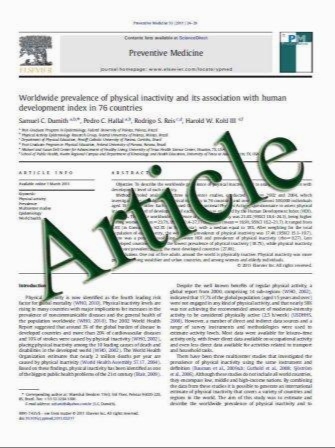Preclinical evaluation of nuclear morphometry and tissue topology for breast carcinoma detection and margin assessment
- نوع فایل : کتاب
- زبان : انگلیسی
- مؤلف : Ndeke Nyirenda Daniel L. Farkas V. Krishnan Ramanujan
- چاپ و سال / کشور: 2010
Description
Prevention and early detection of breast cancer are the major prophylactic measures taken to reduce the breast cancer related mortality and morbidity. Clinical management of breast cancer largely relies on the efficacy of the breast-conserving surgeries and the subsequent radiation therapy. A key problem that limits the success of these surgeries is the lack of accurate, real-time knowledge about the positive tumor margins in the surgically excised tumors in the operating room. This leads to tumor recurrence and, hence, the need for repeated surgeries. Current intraoperative techniques such as frozen section pathology or touch imprint cytology severely suffer from poor sampling and non-optimal detection sensitivity. Even though histopathology analysis can provide information on positive tumor margins post-operatively (*2–3 days), this information is of no immediate utility in the operating rooms. In this article, we propose a novel image analysis method for tumor margin assessment based on nuclear morphometry and tissue topology and demonstrate its high sensitivity/specificity in preclinical animal model of breast carcinoma. The method relies on imaging nuclear-specific fluorescence in the excised surgical specimen and on extracting nuclear morphometric parameters (size, number, and area fraction) from the spatial distribution of the observed fluorescence in the tissue. We also report the utility of tissue topology in tumor margin assessment by measuring the fractal dimension in the same set of images. By a systematic analysis of multiple breast tissues specimens, we show here that the proposed method is not only accurate (*97% sensitivity and 96% specificity) in thin sections, but also in three-dimensional (3D) thick tissues that mimic the realistic lumpectomy specimens. Our data clearly precludes the utility of nuclear size as a reliable diagnostic criterion for tumor margin assessment. On the other hand, nuclear area fraction addresses this issue very effectively since it is a combination of both nuclear size and count in any given region of the analyzed image, and thus yields high sensitivity and specificity (*97%) in tumor detection. This is further substantiated by an independent parameter, fractal dimension, based on the tissue topology. Although the basic definition of cancer as an uncontrolled cell growth entails a high nuclear density in tumor regions, a simple but systematic exploration of nuclear distribution in thick tissues by nuclear morphometry and tissue topology as performed in this study has never been carried out, to the best of our knowledge. We discuss the practical aspects of implementing this imaging approach in automated tissue sampling scenario where the accuracy of tumor margin assessment can be significantly increased by scanning the entire surgical specimen rather than sampling only a few sections as in current histopathology analysis.
Breast Cancer Res Treat (2011) 126:345–354 Received: 2 February 2010 / Accepted: 21 April 2010 / Published online: 6 May 2010 Springer Science+Business Media, LLC. 2010


